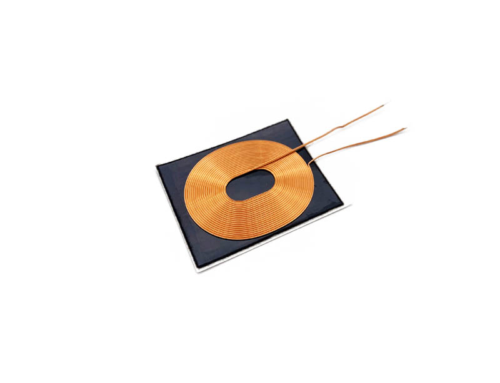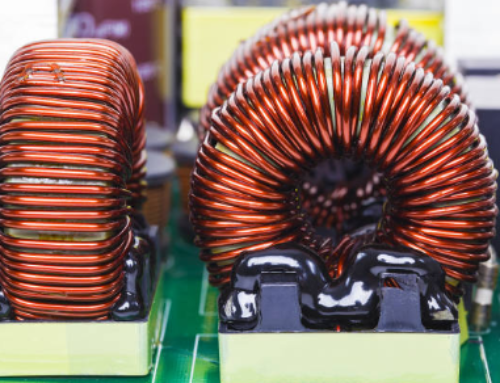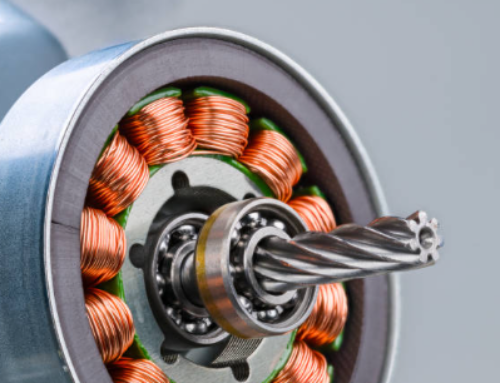In modern heating systems, inductive heating has gained significant attention for its efficiency and precise control. One of the essential components in these systems is the air core coil for heating. These coils play a crucial role in generating heat through electromagnetic induction, making them highly effective for various applications, from industrial machinery to cooking appliances. In this article, we will explore how air core coils for heating function, their efficiency, and the advantages they offer in inductive heating systems.
What Are Air Core Coils and How Do They Work?
An air core coil is used in inductive heating systems and does not require a magnetic core. Instead, it relies on the surrounding air to generate an electromagnetic field. When alternating current (AC) flows through the coil, it creates a changing magnetic field. This field induces electrical currents, called eddy currents, in the material being heated. As a result, heat forms within the material. This process is ideal for metal hardening, cooking, and industrial applications like melting or forging.
The key advantage of air core coils for heating is their simplicity. Without the need for a magnetic core, these coils are lightweight, cost-effective, and less prone to the issues that cores might introduce, such as saturation or losses in efficiency.

Efficiency of Air Core Coils in Inductive Heating Systems
1. Precise Heating Control
One of the most significant benefits of air core coil heating is the precise control it offers. In traditional heating methods like resistance heating, heat is generated uniformly across the material. In contrast, inductive heating with air core coils concentrates heat in specific areas of the material. This targeted heating makes the process faster and more efficient. This precision allows industries to target specific zones for heating, reducing waste, and improving product quality.
For example, in applications like metal hardening, the air core coil can heat just the surface of the metal, ensuring that the internal properties remain unchanged. This targeted heating method results in energy savings and a higher-quality final product.
2. Higher Efficiency with Lower Energy Consumption
The efficiency of heating coils depends on their ability to convert electrical energy into heat with minimal losses. In conventional heating systems, energy loss to the environment is significant. However, inductive heating using coils is more efficient because it generates heat directly in the material, minimizing waste.
Moreover, inductive heating systems using air core coils for heating do not require direct contact with the heated material, reducing the need for additional cooling mechanisms or complex mechanical systems. This leads to a more efficient energy transfer process, reducing both operational costs and energy consumption.
3. Fast Heating Process
Another key factor contributing to the efficiency of coils is the speed at which they heat materials. The electromagnetic field generated by the coil induces eddy currents in the material almost instantly. As a result, inductive heating systems using air core coils for heating can achieve rapid heating times, making them suitable for high-throughput processes that require quick turnaround times.
For instance, in the automotive or aerospace industries, where components need to be heated for hardening or forming, air core coils can speed up the process without compromising the quality of the material. This faster processing time increases productivity and reduces the overall energy required per unit of material.
 Advantages of Using Air Core Coils in Inductive Heating Systems
Advantages of Using Air Core Coils in Inductive Heating Systems
Ⅰ. Cost-Effectiveness
Compared to traditional inductive heating systems that use magnetic core coils, core coils for heating are more cost-effective to manufacture. They do not require the additional materials needed to create a magnetic core, making them an affordable option for businesses looking to reduce costs while still achieving high efficiency.
Ⅱ. Reduced Wear and Tear
Without a magnetic core, coils are less susceptible to wear and tear over time. The absence of a core also eliminates the possibility of core saturation, which can lead to reduced efficiency in other types of inductive heating systems. This means that air core coils for heating can provide consistent performance over extended periods, reducing maintenance costs and downtime.
Ⅲ. Flexibility in Design
Air core coils offer flexibility in design, allowing customization in various shapes and sizes for heating applications. Whether heating small, precise components or large, bulk materials, you can customize coils to meet your specific needs. This adaptability makes them an ideal choice for industries with diverse heating requirements.
Ⅳ. Environmental Friendliness
Inductive heating, especially when using air core coils, is generally more environmentally friendly than traditional methods. Since the material generates heat directly, this method produces fewer emissions and uses less energy. As a result, it offers a greener option for manufacturers and industries aiming to reduce their environmental impact.
Conclusion: The Efficiency of Air Core Coils for Heating Systems
Air core coils offer many benefits in inductive heating systems, such as higher energy efficiency and faster heating times. They precisely target specific areas for heating, reducing energy consumption, and maintenance. These features make coils a cost-effective solution for industries ranging from metal processing to electronics.
At Leibao, we offer high-quality air core coils for heating, tailored to meet the specific needs of your heating systems. Whether you are looking to upgrade your existing system or need a new solution, our efficient air core coil heating products are designed to enhance your productivity while reducing energy costs.





Leave A Comment